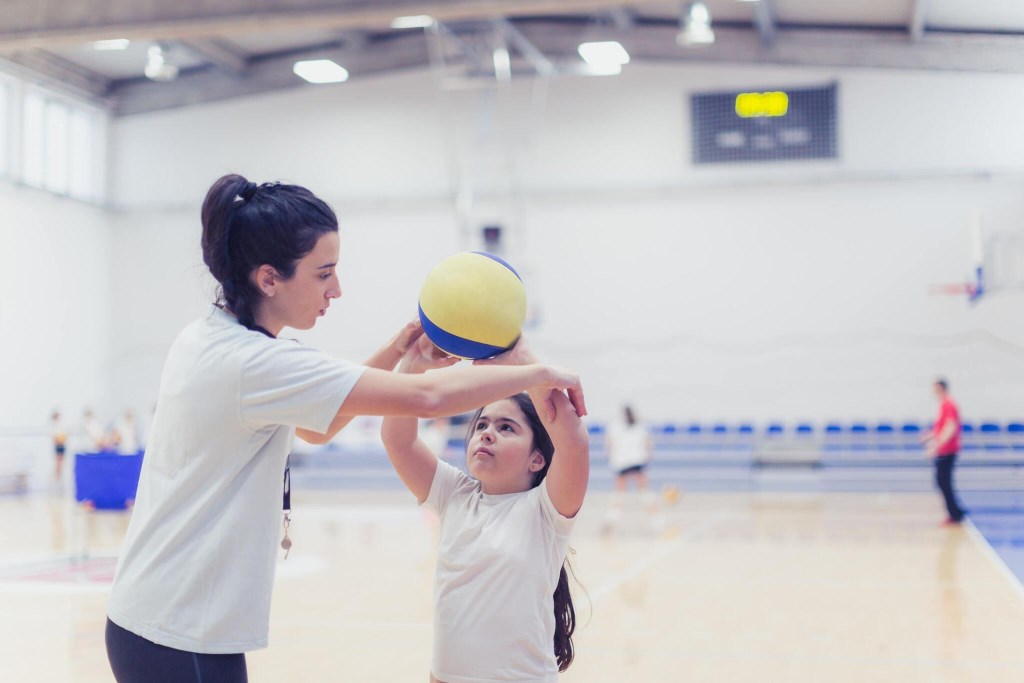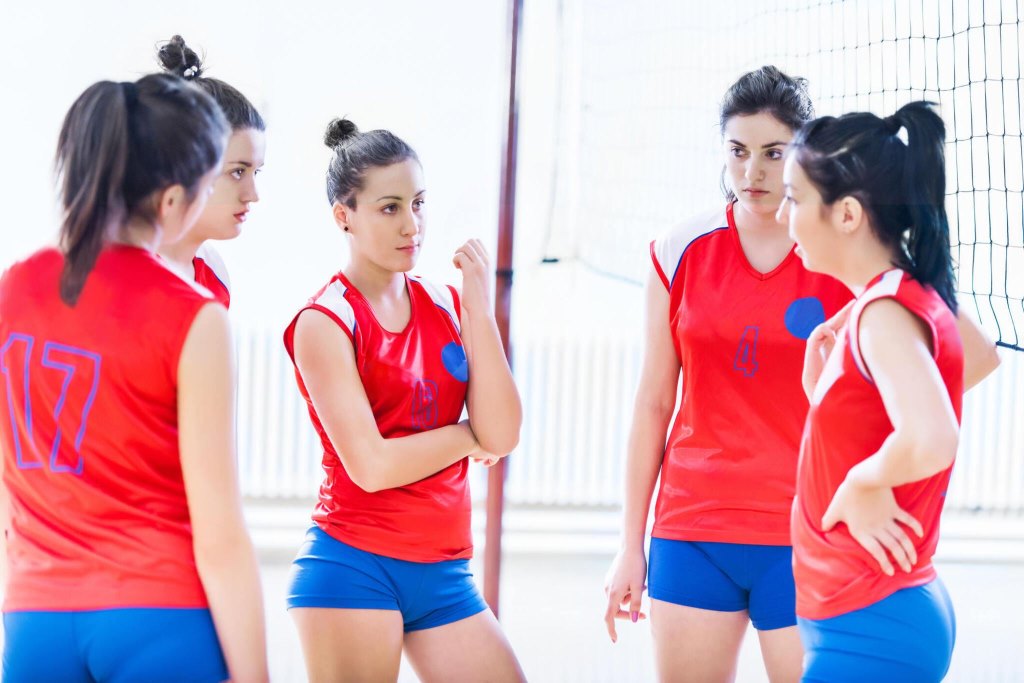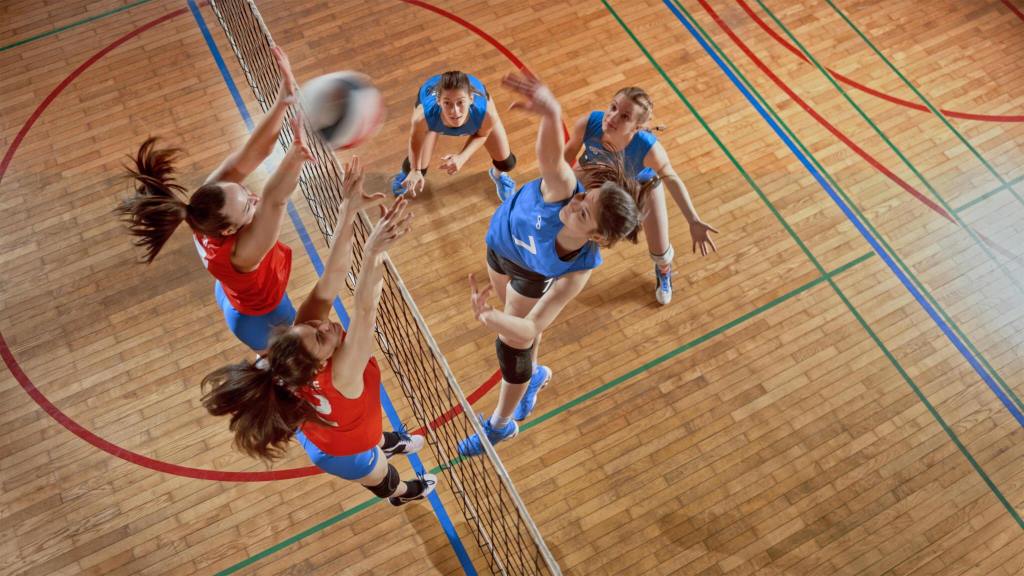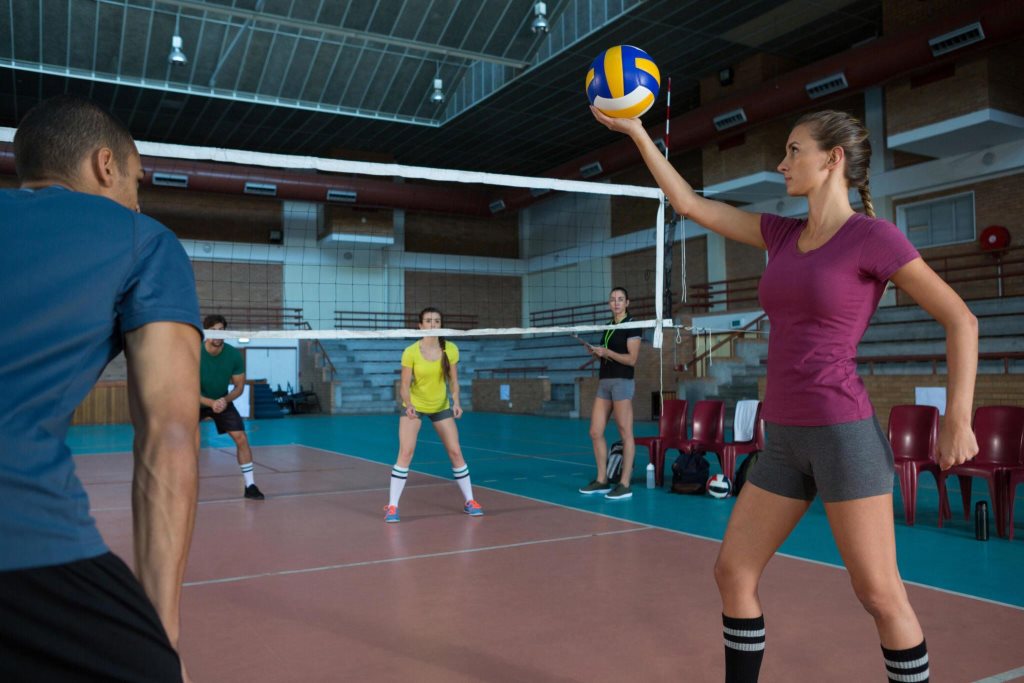Volleyball, a dynamic and fast-paced sport, demands a continual evolution of skills for players to excel.
The journey of skill progression in volleyball is not just a climb through the ranks but a transformative experience that shapes players into well-rounded athletes.
This article delves into the importance of skill progression and how volleyball classes serve as incubators for this evolution.
I. Basic Techniques
Mastering the basics form the foundation of a volleyball player’s repertoire. From the crucial art of passing to the dynamic realm of spiking, each element is meticulously dissected and refined in volleyball classes through a combination of knowledge, technique, and hands-on practice.
A. Passing
Mastering volleyball begins with a solid foundation in passing. The correct hand positioning is paramount, setting the stage for accurate and controlled ball reception.
- Focus on Forearm Passing Technique: Forearm passing is the backbone of effective reception. It creates a solid foundation for controlled ball distribution on the court.
- Drills for Accuracy and Consistency: Practical drills are incorporated to refine passing skills, focusing on accuracy and consistency. These drills lay the groundwork for muscle memory and passing proficiency.
B. Serving
Serving grips are the gateway to powerful and accurate serves. Participants learn about different grips and their impact on serving style, setting the stage for enhanced serving proficiency.
- Emphasis on Consistent Ball Toss and Contact: Serving accuracy is explored further by highlighting the mechanics of a consistent ball toss and contact. Achieving reliability in these elements is crucial for successful serves.
- Practice Drills for Mastering Different Types of Serves: Diversifying serving capabilities is achieved through targeted drills. From float to topspin serves, these exercises enable players to master various serve types, expanding their strategic options.
C. Hitting/Spiking
The foundational aspects of hitting or spiking focus on the correct approach and timing for successful execution.
- Introduction to Basic Spiking Technique: Breaking down the basic spiking technique provides participants with a solid foundation. Proper arm swing, footwork, and body positioning are key components discussed in this stage.
- Drills for Improving Hitting Accuracy and Power: Practical drills are incorporated to enhance hitting accuracy and power. These exercises focus on refining technique, developing strength, and achieving the explosive power needed for effective spikes.

D. Setting
Setting, a nuanced skill, begins with understanding the basics of hand positioning and finger control. This section lays the groundwork for precise and controlled setting.
- Focus on Setting Technique and Control: Building on the basics, participants refine setting technique and control. This is crucial for delivering accurate and controlled sets, facilitating successful playmaking.
- Drills for Improving Setting Accuracy and Consistency: Practical drills reinforce setting skills, challenging players to make quick decisions and execute precise sets in dynamic, game-like situations.
II. Intermediate Skills
As the volley of skills advances, players enter the realm of “Intermediate Skills,” a stage where refinement takes center stage, and intricacy becomes the norm.
A. Advanced Passing Techniques
Platform adjustments are introduced, enhancing passing techniques to adapt to various game scenarios.
- Reading and Reacting to Different Types of Serves: Players develop the ability to read and react to different serves, further honing their passing skills in diverse situations.
- Drills for Dynamic Passing in Game-like Situations: Practical drills simulate game scenarios, fostering dynamic passing skills under real-time pressure.
B. Tactical Serving
Strategic serving tactics become a focus, allowing players to strategically target opponents’ weaknesses during matches.
- Serving to Exploit Opponents’ Weaknesses: Players learn to exploit opponents’ weaknesses through strategic serving, gaining a tactical advantage.
- Practice Scenarios for High-Pressure Serving Situations: High-pressure serving situations are simulated in practice scenarios, preparing players for intense moments during games.
C. Advanced Hitting/Spiking
Approach speed and footwork are advanced, allowing players to deliver faster and more unpredictable spikes.
- Introducing Off-Speed Shots and Directional Hitting: Players diversify their spiking repertoire by learning off-speed shots and directional hitting, making their attacks more versatile.
- Drills for Spiking Against a Block and Adjusting Defensive Strategies: Practical drills focus on spiking against a block and adapting to defensive strategies, preparing players for sophisticated opponents.
D. Advanced Setting
Advanced techniques for hand and finger control in setting are introduced, enabling precise and nuanced plays.
- Setting in Complex Offensive Systems: Players learn to set within complex offensive systems, elevating the sophistication of their play making.
- Drills for Quick Decision-Making and Setting Under Pressure: Drills focus on quick decision-making and setting under pressure, enhancing players’ ability to perform in high-stakes situations.

III. Advanced Gameplay Strategies
As players ascend to the pinnacle of their volleyball journey, the game transcends beyond individual skills, morphing into a strategic ballet where every move is a calculated step toward victory.
A. Team Coordination
Effective communication becomes paramount, with players developing a cohesive language on the court.
- Understanding Each Player’s Role in Different Rotations: Players deepen their understanding of their roles in different rotations, fostering a seamless transition between positions.
- Team Drills for Coordinated Offensive and Defensive Play: Team-oriented drills are implemented, promoting coordinated offensive and defensive strategies during gameplay.
B. Positional Awareness
Players develop the ability to read opponents’ plays and predict their movements, gaining a strategic advantage.
- Defensive Positioning and Anticipation: Defensive positioning and anticipation skills are honed, ensuring players are strategically placed to counteract opponents’ attacks.
- Drills for Improving Court Awareness and Positioning: Drills focus on improving court awareness and positioning, enhancing players’ ability to navigate the playing area effectively.
C. Strategic Blocking
Players delve into advanced blocking techniques and timing, refining their ability to disrupt opponents’ attacks effectively.
- Reading the Setter and Opponent’s Hitting Tendencies: Players learn to read the setter and identify opponents’ hitting tendencies, providing insights for effective blocking strategies.
- Drills for Coordinated Blocking as a Team: Team-based blocking drills are implemented, fostering coordinated efforts to form an impenetrable defense at the net.

D. Game Simulation
Real-game scenarios are simulated during practice, providing players with a simulated match experience.
- Emphasizing Decision-Making Under Pressure: Players learn to make critical decisions under pressure, honing their ability to think strategically during intense moments.
- Full-Game Drills to Integrate Advanced Skills and Strategies: Drills simulate full-game scenarios, integrating advanced skills and strategies developed throughout the progression.
Conclusion
Skill progression is an ongoing journey, urging players to embrace challenges and persist in their pursuit of excellence. The holistic development achieved through skill progression is underscored.
The article presents skill progression as a comprehensive approach that inculcates technical proficiency, personal growth, enhanced teamwork, and a deeper understanding of the sport.



